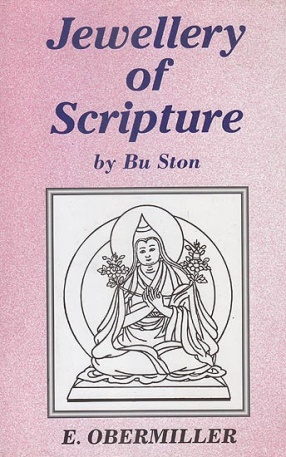
37 books

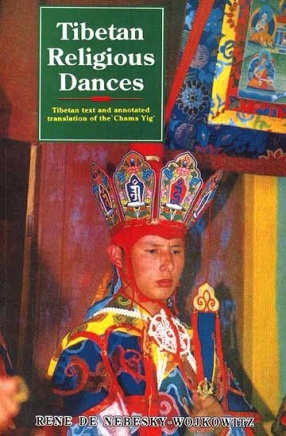
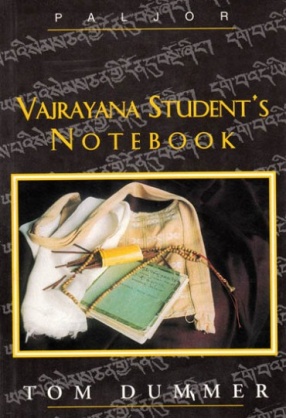
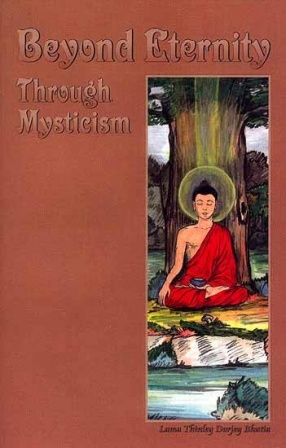
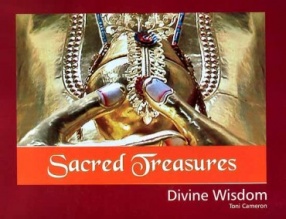
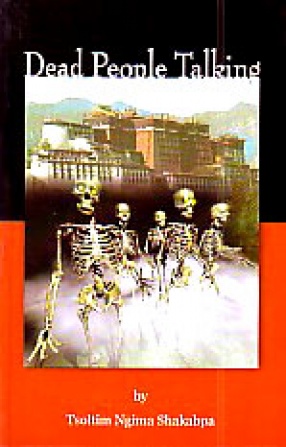
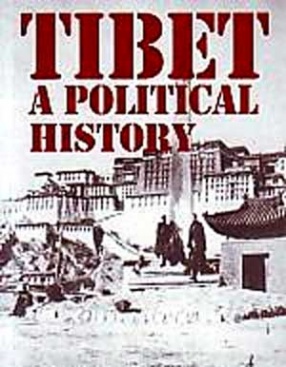
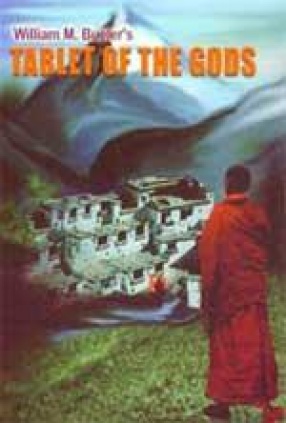

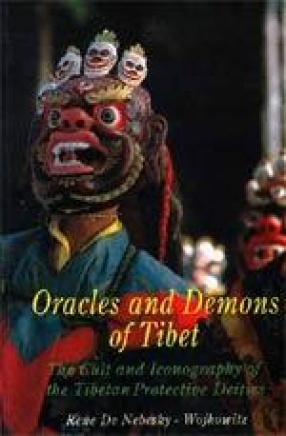
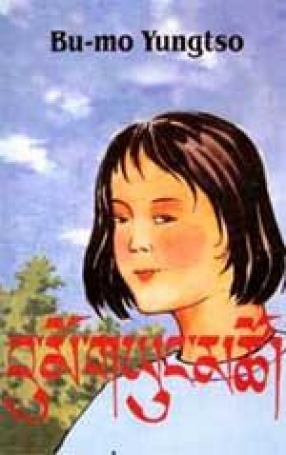



The History of Buddhism in India and Tibet by the great scholar Boston Richen grub-pa. Also called Burdon Riposte, is held in great esteem by Tibetan and Mongolian learned lamas. It is distinguished from the work of Traumata by the plan of its compositor, ft consists of three parts. The history proper is preceded by systematical review of the whole of Buddhist literature so far as preserved in Tibet and it is followed by a systematical catalogue of works, authors ...
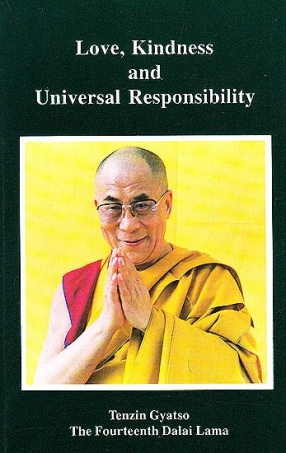
I believe that every individual has a responsibility to help guide family in the right direction. Good wishes alone are not enough; we have to assume responsibility. Large human movements spring from individual human initiatives. If you feel that you cannot have much of an effect, the next person may also become discouraged and a great opportunity will have been lost. On the other hand, each of us can inspire others simply by working to develop our own altruistic ...

This unique work provides invaluable material related to the Tibetan Sacred Dances, which have met their doom with the destruction of monastic life in Tibet.
Nebesky-Wojkowitz, during several periods of his field work in the Himalayas had studied these Buddhist temple dances. He brought to their description his expert knowledge of Tibetan iconography and ritual. Of particular interest is the translation of the Tibetan texts containing detailed instructions for ...
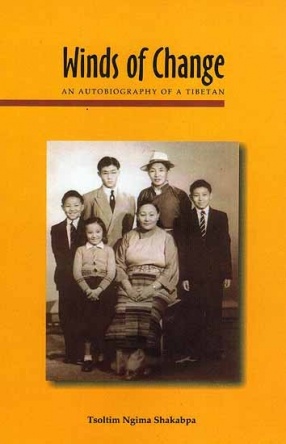
In October 1993 when I was 50 years old, I went t seen my internist, Dr. Leland Teng of Medalia Healthcare in Bellevue, WA., because I was suffering from indigestion. Dr. Teng checked me thoroughly, and because he was alarmed by what he found, he referred me the same day to the renowned gastroenterologist, Dr. Robert M. Gannan of Northwest Gastroenterolgy Associates. After conducting an endoscopy of my stomach and a biopsy, Dr. Gannan very gently told me and my ...
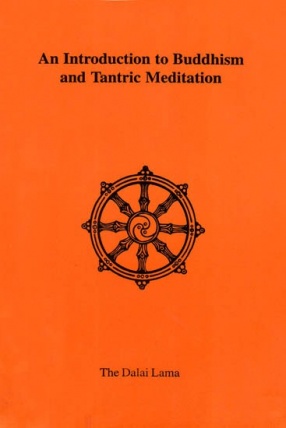
I first wrote the two pieces contained in this book some years ago in response to many requests. Some people wanted to know something about Buddhism in general. Others were particularly interested in the practice of tantra.
The teachings of the Buddha can be summarised as dealing with conduct and view. Conduct refers to the way we should behave, which is essentially to be nonviolent. The Buddha counselled us to help each other if we can, and if we cannot, at ...

Through aeons of time we have created vey complex pattern of negativity. These prevent and obscure the emergence of the Absolute Mind to view things with equanimity and act with compassion, always guided by Bodhicitta. All practises is directed at becoming aware of and breaking through such negative thought pattern - that is to become aware of the voids.

The pleasant duty of writing ‘Forewords’, introducing authors to the readers, falls to the lot of Vice-Chancellors very frequently. However, among the many books for which I have written Forewords the present piece of writing by Lama Thinley Dorji Bhutia, Ph.D, is rather unusual. In this book the author has recorded his own experiences as a Lama, as well as the theoretical and practical basis for the spiritual exercises Lamas undergo.
Although these ...

A deeply rich and transformative trip to India recently awoke in me a practical difference in living one’s spirituality that demonstrated a truly fulfilling way of life. Although it was my third visit there, the experience of appreciating simple art and sacred images of the common people opened a treasure chest of deep and lovely meaning that comes from a love of self, the divine, and all life.
In these times of global transition it feels important to share ...


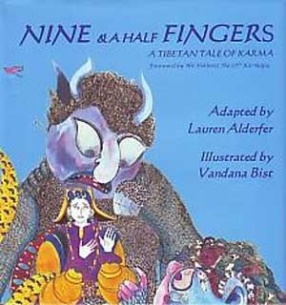
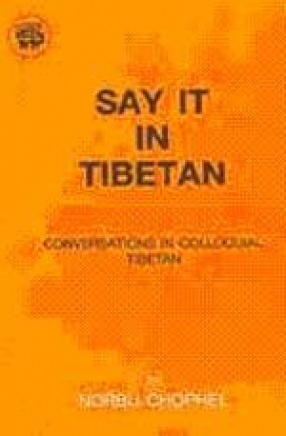
This is the 12th edition of Say it in Tibetan, by Norbu Chophel. It gives us great pleasure in bringing out this latest edition. The book has been well received by the students of Tibetan as well as English Language as an ideal guide and reference.The book was first published in 1989, mainly to fulfill the need of foreign tourist wanting to pick up some Tibetan conversational knowledge. But today it has become a best selling guide on the subject. The book is not ...

Deep in the mountain wilderness of southeastern Tibet a remote monastery preserves a mysterious tablet. Few people have seen it, though a number of refugees from Chinese controlled Tibet have heard of it. They have been told it is an ancient and sacred Buddhist text. But Roger Hanson, an evolutionary biologist and mountaineer, has found a letter from his great-uncle, Fred, which conviences him this is no ordinary religious relic. Fred has seen the tablet after ...

Mythical Tibet: A distant country of lonely giant peaks, surpassing, 8000 meters, which over the centuries attracted adventurers and travellers; An ancient, highly-developed culture on the roof of the world. The reality: Since 1959 China has occupied this country, violating international public law and human rights. His Holiness the XIV Dalai Lama, the religious and political head of Tibet, who received the Nobel Peace Price in 1989, lived in exile in India. ...
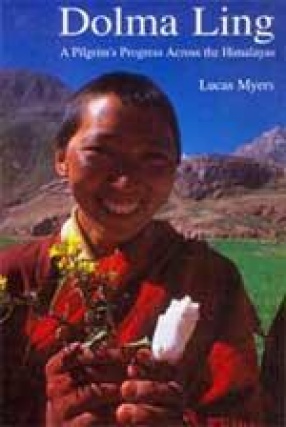
Tsomo, a young girl, was unaware of the tragedy that devastated the life of her family and countrypeople. The elders never spoke of the past for fear of reprisal. It was in the course of her pilgirimage by prostration from her home town to Lhasa, the forbidden city, a stretch of over 1000 miles, that made her gradually aware of what happened before she was born. She also came to understand the perpetual fear in which her fellow countrypeople were living. Her ...


To protect the Buddhist religion and its institutions against adversaries, as well as to preserve the integrity of its teachings is a task assigned, in accordance with precepts common to the various sects of Tibetan Buddhism, to an important group of deities, best known under the name dharmapalas and dvarpalas. Yet the iconography of the deites worshipped by the Tibetans as protectors and guardians of the Buddhism belongs to the least known fields of the Tibetan ...
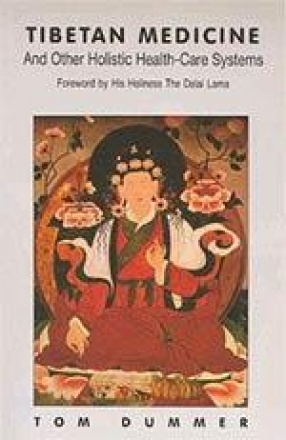
Western interest in Eastern forms of medicine such as acupuncture is widespread and growing-yet little attention has so far been given to Tibetan medicine. Tom Dummer describes its concepts and practice in a non-traditional way, thus making it more readily accessible to the Western mind. He writes from first-hand experience of observing notable Tibetan doctors at work in their practices and receiving instruction from them, to give a comprehensive account of their ...

Yungtso, a beautiful and deligent girl was brought up under the kind guidance of her mother, samkyi. She was courteous and respectful. Her general conduct and academic performance in school has received wide admiration from the teachers and students alike. She was an outstanding student. When she came out with 1st division in the board examination and left to join college for higher studies, everyone has a very high expectation of her. But……..read on.


The Tibetan Buddhist master Tsongkapa was born over six centures ago. He was perhaps the greatest commentator of Buddhism in history, and wrote more than 10,000 pages in explanation of the ancient books of Buddhist wisdom. His most famous masterpiece is the Great Book on the steps of the path, the Lamrim Chenmo, a clear and detailed roadmap to Enlightenment. He wrote the work after coming in and out of prophetic vision over the length of an entire month, at the ...

Born into a peasant family in 1944, Jampel Yeshe was recognized as the reincarnation of Keutsang Rinpoche, a high-ranking Tibetan Lama, when he was barely two. After China took complete control of Tibet in 1959, he was branded as class enemy, arrested and imprisoned for twenty years in a characteristically communist Chinese-style kangaroo trail of the time. Now living in exile in Dharamsala, Rinpoche has penned his memoir as much a tribute to the courage and ...
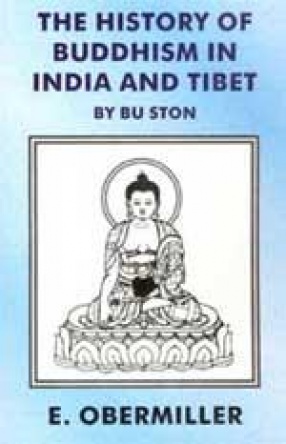
The present volume contains the translation of the 2nd part of Bu-ton’s History of Buddhism, i.e. of the historical part proper. The latter begins with the Life of the Buddha and ends with an account of the work carried out by the Tibetan Lotsvas and Indian Pandits of Bu-ton’s own period and immediately before him, viz the translation of the Buddhist Canonical texts and exegetical treatises from the Sanskrit. There are ...
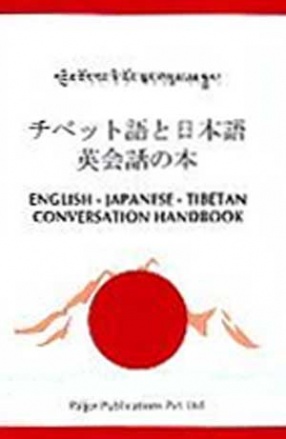
This is the third updated edition of the book. A very precise and easy to use conversational handbook for those interested in learning Tibetan and Japanese. Based on his experiences, the author has concentrated on those phrases and words which are frequently used in daily conversation and those which forms necessary part of speech. The book is perhaps first of its kind wherein a Japanese could learn Tibetan with help of English. A Tibetan could learn Japanese and ...
